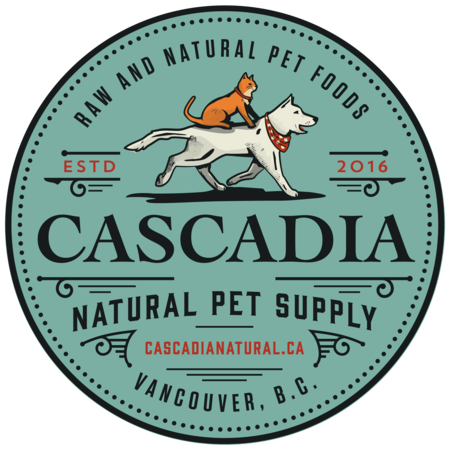
Hairballs are a common concern for cat owners, and we know all too well that they are meticulous in their grooming habits. In fact, some cats can spend up to 25% of their awake hours grooming! This normal behaviour results in swallowing large amounts of fur each day, which can lead to those pesky hairballs2. A hairball forms in the stomach from all this ingested fur and when it reaches a size too large to pass, vomiting eventually eliminates it. This action is commonly known as “coughing up” a hairball. The occasional hairball regurgitation is not necessarily a concern but can be a mess to clean up2,4! For shorter haired cats, or those which do not shed as much, only a moderate amounts of hair is ingested during grooming, and most cats can pass this through their stool. This method of elimination is much preferred by owners, as it poses much less risk of accidentally stepping in it! Many owners like to take a preventative approach to reduce hairball incidences. Luckily, ongoing support in passing the hair rather than coughing it up can be provided by choosing a diet rich in fibre, especially insoluble fibre10,11!
What is Insoluble Fibre?
There are two different types of fibre, soluble and insoluble. Soluble fibre dissolves in water to form a gel-like substance, which can help cats feel full, and contains prebiotic fibre to support a healthy gut microbiome. Insoluble fibre, on the other hand, helps maintain digestive health by adding bulk to the stool, promoting regular bowel movements, and can help with constipation by keeping things moving1,9. Some examples of high-insoluble fibre sources are beet pulp, cellulose, and miscanthus grass6.
Why Miscanthus Grass?
A commonly used ingredient in hairball diets is cellulose (powdered cellulose). It is made from wood pulp, a by-product of the paper industry, and it is included to supply insoluble fibre. Research has shown that cellulose is effective at controlling hairballs4. However, Petcurean’s commitment to using the best ingredient possible led us to search for a more natural and sustainable ingredient that would offer the same functionality. Enter miscanthus grass! Ever wonder why cats routinely consume grass and other plant material? In addition to providing them enrichment, consuming grasses can support hair elimination and gut motility3,5. Our new Go! Solutions Hairball Control + Urinary Care Chicken Recipe with Grains features a unique grass called miscanthus. Miscanthus grass is fibrous in nature and features a high insoluble fibre content, making it an effective natural ingredient to help maintain healthy digestion and discourage hairball formation. Recent research shows that miscanthus grass and cellulose have comparable functions in controlling hairballs, suggesting that miscanthus is a suitable alternative4,6. Furthermore, it is a very sustainable ingredient, as fibre is the primary product of the ingredient, not a by-product from another industry. It also requires less water during production, producing less waste7,8. Its inclusion as an ingredient addresses the specific needs of animals prone to hairballs and aligns with our natural and sustainable approach to formulation.
Psyllium Husk
Psyllium husk can also be a valuable component of hairball diets due to its exceptional properties that aid in digestive health. It is rich in soluble fibre, which can help support regular bowel movements and help prevent the formation of hairballs in cats. Psyllium husk can also help maintain optimal moisture levels in the digestive tract, ensuring the smooth passage of food and minimizing the risk of constipation (a common issue with hairball formation)1,8. Research demonstrates that a diet with psyllium and an 11-15% total dietary fibre content increases fecal hair excretion, indicating that psyllium combined with miscanthus will work together to support hairball control11.
